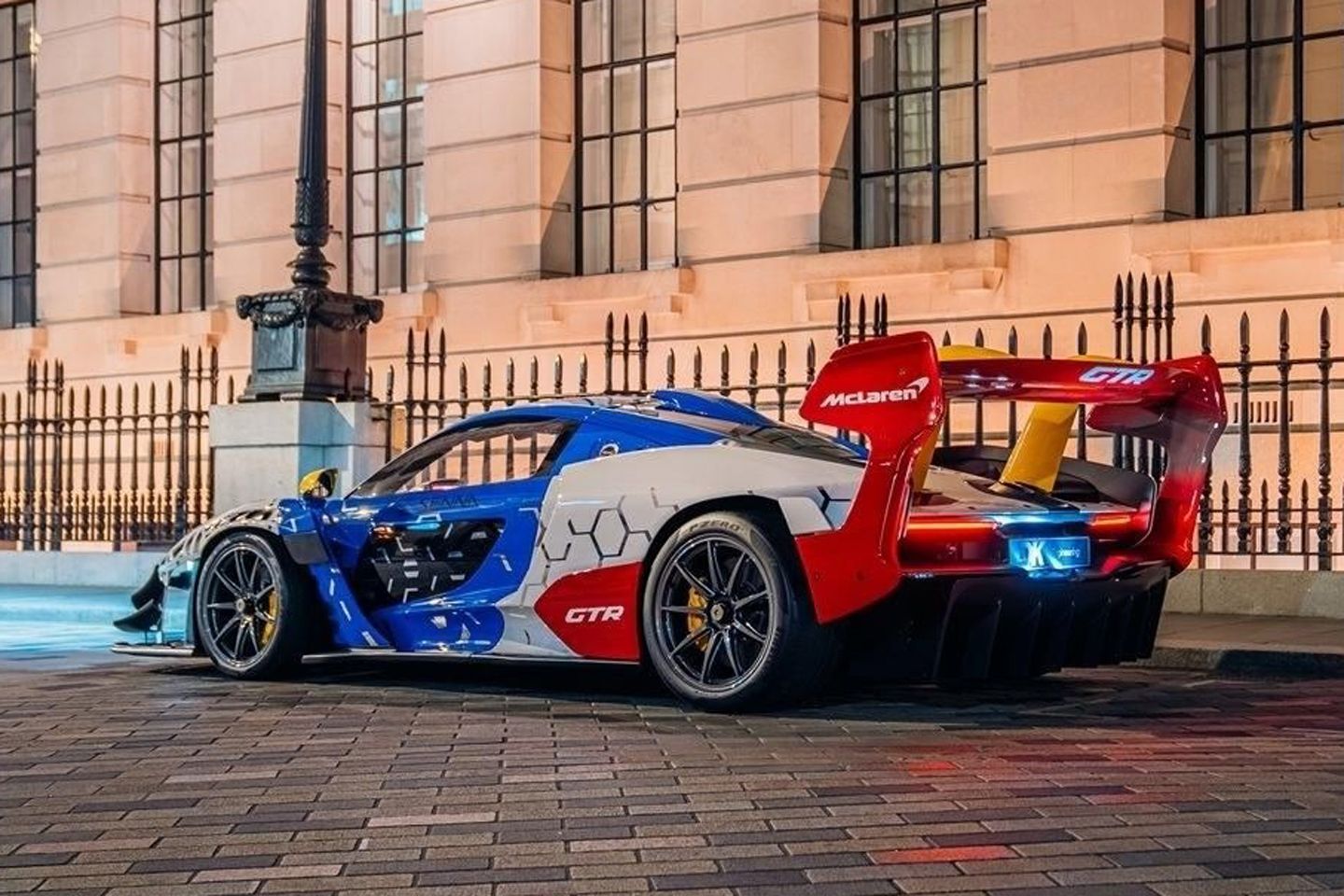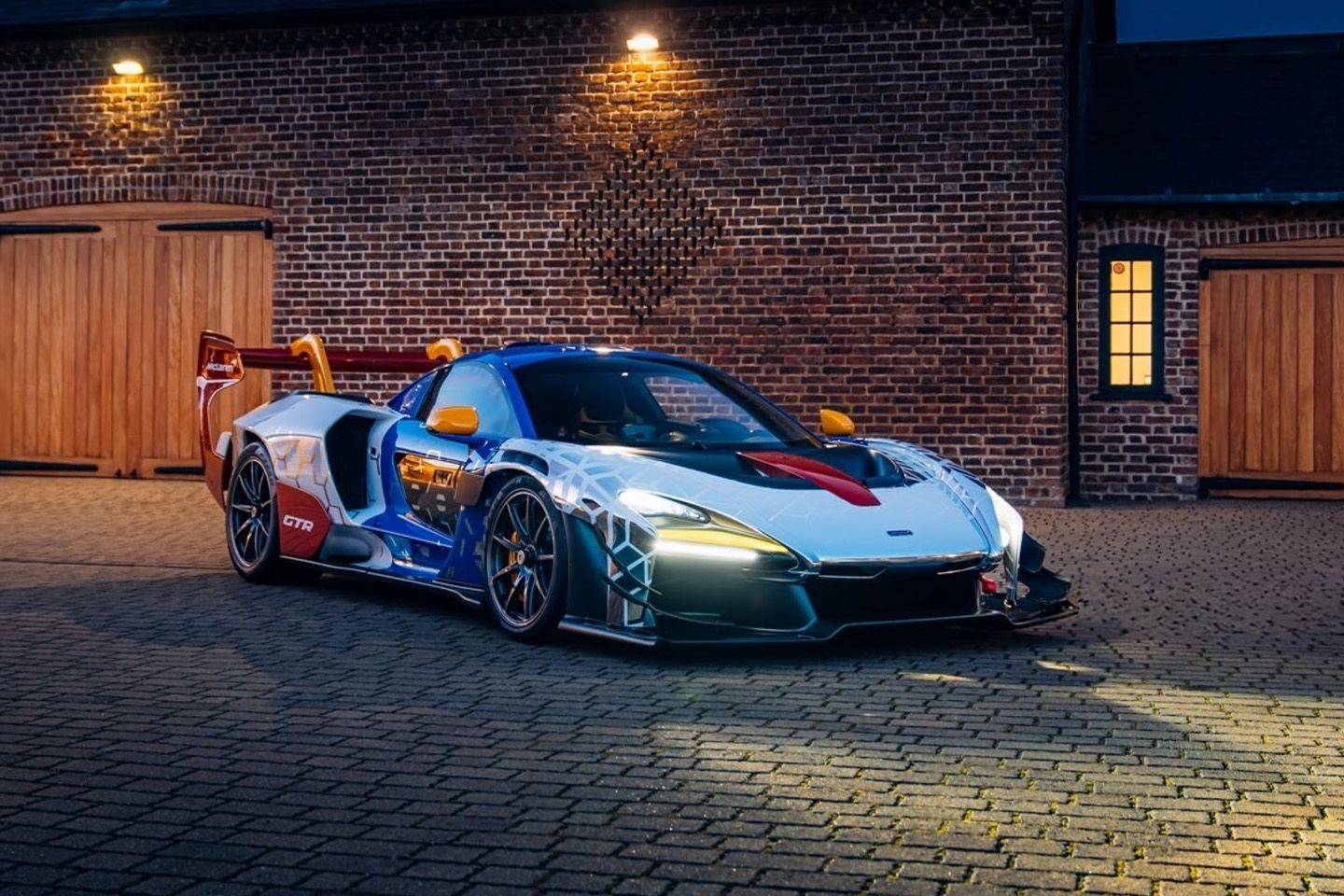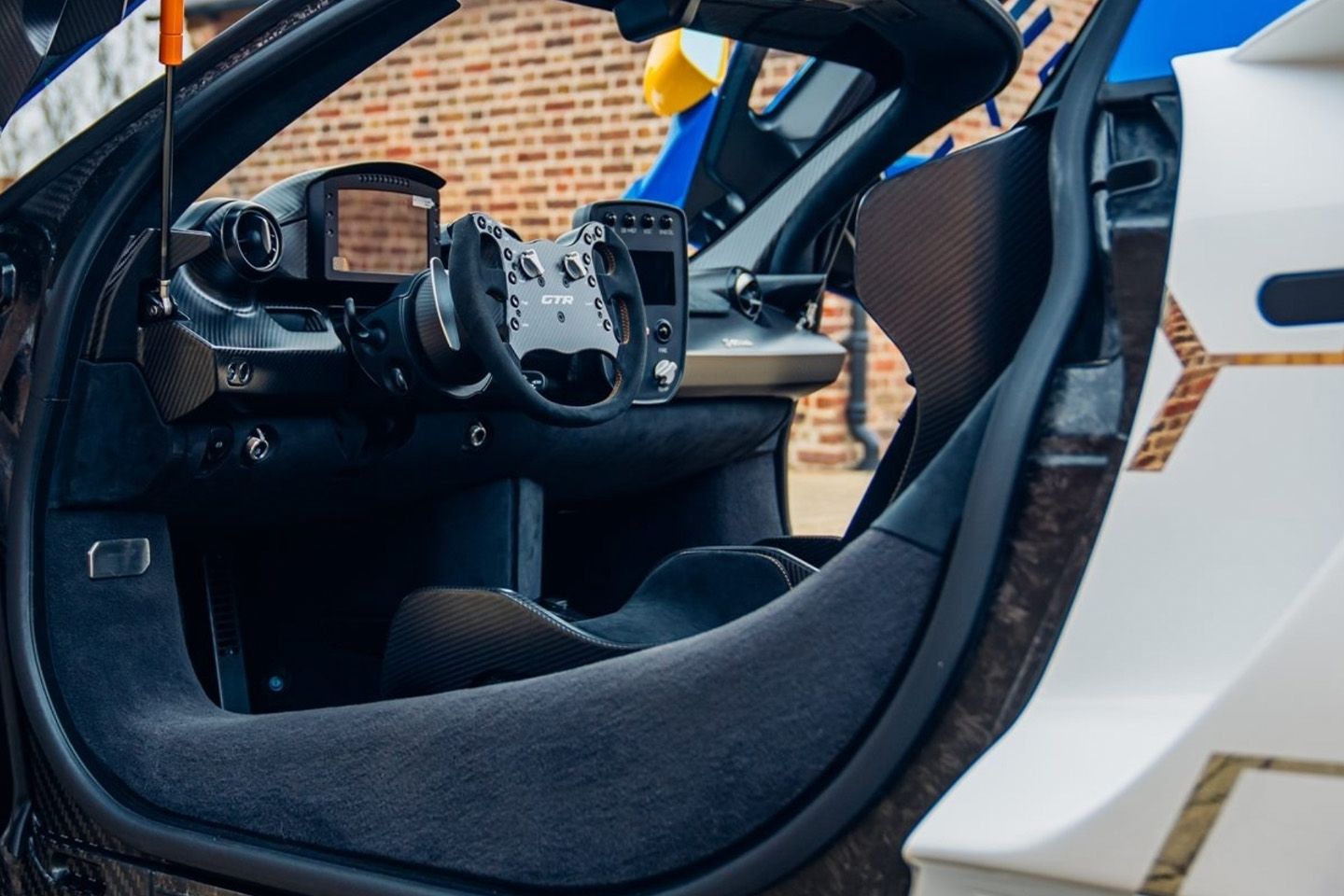
It takes stones the size of boulders to convert a race car into something that can – legally – be used on the public road. Racing cars are, by their very nature, as uncompromising as they get, and getting one prepared for road use isn’t as easy as jacking up the ride height and calling it a day. Extreme modifications have to be made, from fitting a quieter exhaust system to sanding down all the pointy carbon fibre bits, plus all the rigmarole of getting a V5 and MOT for the thing.
Hats off to those who’ve been brave enough to go through the procedure, because nothing turns heads quite like a fully-fledged racing machine mixing it with family hatchbacks and crossovers. You may recall a couple of years ago when a brilliantly barmy individual decided to convert their 1998 Mercedes CLK LM, the very car that started that year’s Le Mans 24 Hours from pile, to use on public roads. So the sky really is the limit with these things, and it wouldn’t be a surprise if some of the current Le Mans Hypercars break from the confines of a circuit in the near future (rumour has it that Porsche’s working on a road-going 963 as we speak). But if you don’t fancy the hassle of chopping up a racing car with a storied past to use in public, then you may want to have a look at this road-legal McLaren Senna GTR.
Let’s clear something up straight off the bat. No, the Senna GTR isn’t technically a racing car, but rather a track-only toy for McLaren’s most affluent of customers. That said, it’s believed that the Senna GTR was conceived as a racing car, the intention being to enter it in the then-booming GTE Pro class at Le Mans to battle it out with the Porsche 911, Ferrari 488, Chevrolet Corvette and Aston Martin Vantage. And if you take a closer look at the launch car that appeared at the 2018 Geneva Motor Show, you’ll notice the FIA-grade position lights behind the doors and a humungous, GTE-style diffuser. But with a Formula 1 team in shambles (how things have changed!), the project was apparently shelved and the Senna GTR adapted for customer use.


On the bright side, without balance of performance and regulations getting in the way, McLaren could run the GTR at maximum power and could bolt on even bigger, more complicated wings. The 4.0-litre twin-turbo V8 was carried over from the standard Senna, albeit turned up to 814hp, and came bolted to a quicker seven-speed dual-clutch gearbox. Then there’s the suspension, which came straight from the 720S GT3 car, while bigger dive planes up front and a much larger rear spoiler helped generate 1,000kg at 155mph. Had McLaren been able to run the car in that configuration at Le Mans, it would have lapped the field within the first hour. Probably.
So Lanzante had its work cut out when Senna GTR customers came asking for road-legal conversions. The work, which came to the tune of £230k according to the seller, included additional catalytic converters, the standard Senna’s fuel system and seats, and even an alarm system. Of course, you also get the necessities like reversing lights, indicators and a handbrake, but Petersfield’s finest also did its best to make the GTR a little easier to live with by fitting a nose-lift system and adjusting the suspension to better handle the public highway.
Incredibly, it looks no less savage than the track version, still retaining its towering wing and colourful livery which is reportedly inspired by the RX-78-2 Gundam suit from the Japanese anime series Gundam Warriors. Don’t see that every day, do you? Give the seller a bell if you’d like to find out how much it costs. It obviously won’t be cheap, with GTRs usually changing hands for well over a million. As for the standard Senna, those can be had for considerably less, with this 2018 car costing £749,950. It’ll be easier to live with and is still very dramatic to look at, but if it’s a showstopper you’re after, this GTR has you well and truly covered.

